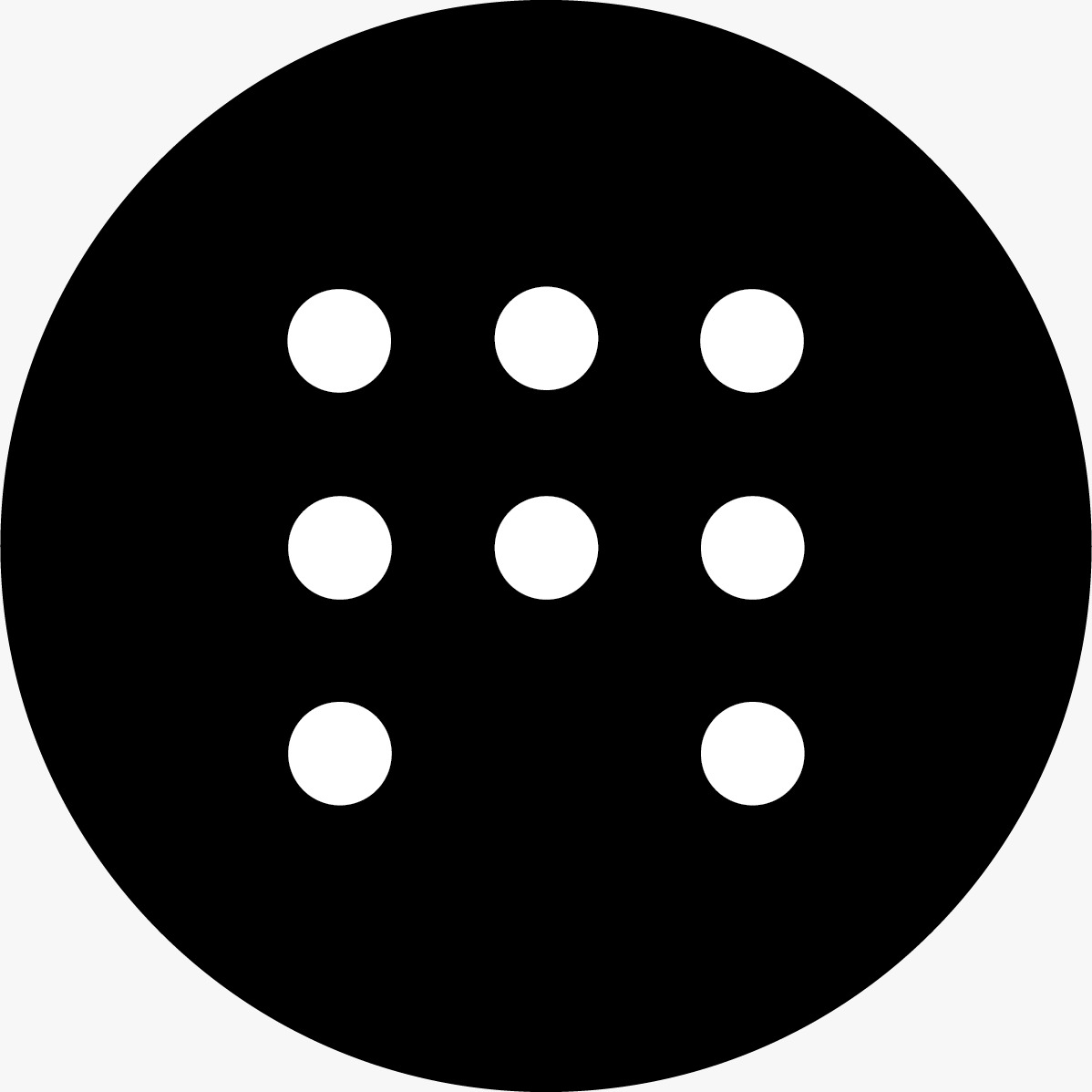Scaling Interior Design Business: Consistency Over Spikes

Effective scaling is distinct from mere growth. Growth increases workload; scaling strengthens the business structure to manage increased volume without proportional operational strain.
The Three Interdependent Pillars of a Scalable Interior Design Firm
Successful interior design firms are built on simultaneous optimization across three core functions:
- Client Acquisition (Marketing): Establishing a predictable, data-driven pipeline of high-value projects to ensure long-term revenue stability.
- Design Differentiation (Design): Continuously elevating creative output to reinforce market positioning and command premium fees.
- Operational Excellence (Turnkey): Implementing seamless project delivery and workflow systems to ensure profitability and client satisfaction at increased capacity.
Firms that address these three pillars sequentially limit their ceiling for expansion. Strategic market leaders optimize them concurrently to gain structural agility.
Challenges to Scaling
Without a robust framework, firms face predictable challenges that cap their growth potential:
- Inconsistent Project Flow: Leads to "feast-or-famine" cycles; prevents accurate resource planning and investment.
- Unstructured Client Management: Drives up the time-cost of sales; leads to high prospect drop-off rates due to inconsistent engagement.
- Time-Intensive Acquisition: Diverts principal and design team focus away from billable work, directly reducing profit margins.
For a market expected to reach ₹7.07 lakh crore, success demands a fundamental shift: the focus must move from project volume to process effectiveness, ensuring all expansion is both profitable and structurally sound.






